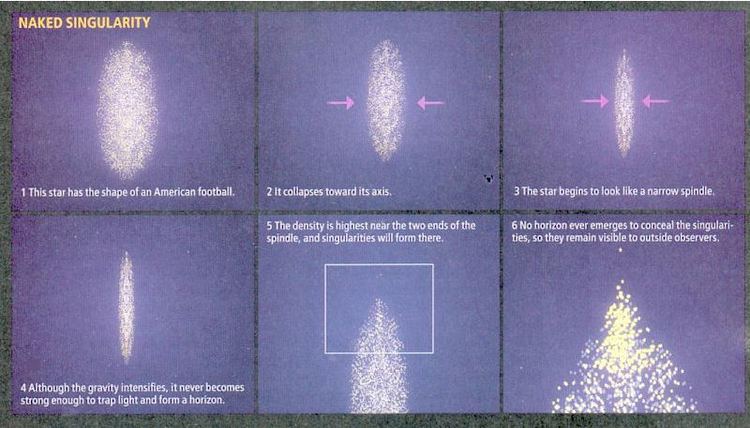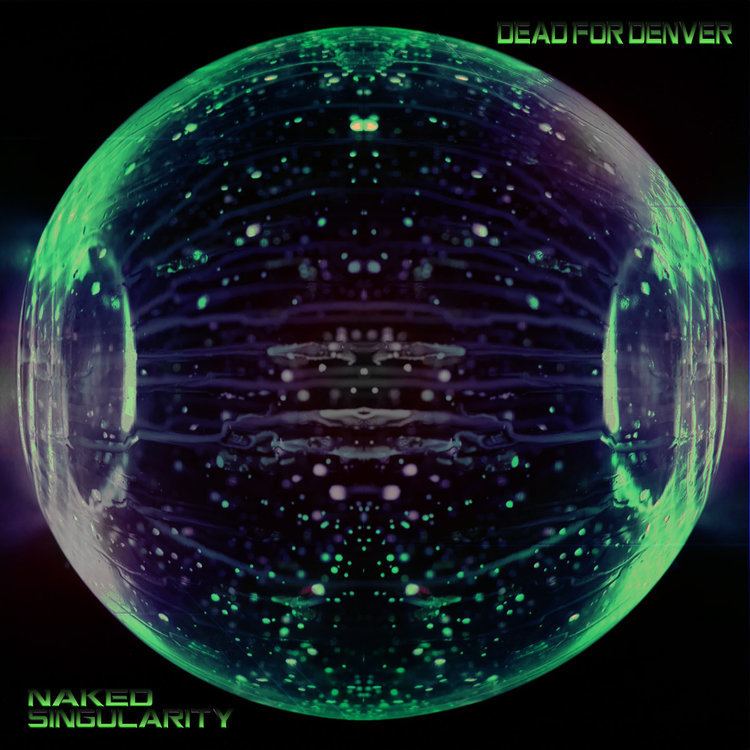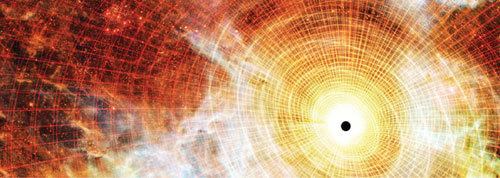 | ||
Naked singularity mlp fanfic reading romance comedy
In general relativity, a naked singularity is a gravitational singularity without an event horizon. In a black hole, the singularity is completely enclosed by a boundary known as the event horizon, inside which the gravitational force of the singularity is so strong that light cannot escape. Hence, objects inside the event horizon—including the singularity itself—cannot be directly observed. A naked singularity, by contrast, is observable from the outside.
Contents
- Naked singularity mlp fanfic reading romance comedy
- Predicted formation
- Metrics
- Effects
- Cosmic censorship hypothesis
- In fiction
- References

The theoretical existence of naked singularities is important because their existence would mean that it would be possible to observe the collapse of an object to infinite density. It would also cause foundational problems for general relativity, because general relativity cannot make predictions about the future evolution of space-time near a singularity. In generic black holes, this is not a problem, as an outside viewer cannot observe the space-time within the event horizon.

Some research has suggested that if loop quantum gravity is correct, then naked singularities could exist in nature, implying that the cosmic censorship hypothesis does not hold. Numerical calculations and some other arguments have also hinted at this possibility.
The naked singularity hypothesis is disfavored by data from the first observation of gravitational waves.
Predicted formation

From concepts drawn from rotating black holes, it is shown that a singularity, spinning rapidly, can become a ring-shaped object. This results in two event horizons, as well as an ergosphere, which draw closer together as the spin of the singularity increases. When the outer and inner event horizons merge, they shrink toward the rotating singularity and eventually expose it to the rest of the universe.

A singularity rotating fast enough might be created by the collapse of dust or by a supernova of a fast-spinning star. Studies of pulsars and some computer simulations (Choptuik, 1997) have been performed.
This is an example of a mathematical difficulty (divergence to infinity of the density) which reveals a more profound problem in our understanding of the relevant physics involved in the process. A workable theory of quantum gravity should be able to solve problems such as these.
Shaw Prize winning mathematician Demetrios Christodoulou has shown that contrary to what had been expected, singularities which are not hidden in a black hole also occur. However, he then showed that such "naked singularities" are unstable.
Metrics
Disappearing event horizons exist in the Kerr metric, which is a spinning black hole in a vacuum. Specifically, if the angular momentum is high enough, the event horizons could disappear. Transforming the Kerr metric to Boyer–Lindquist coordinates, it can be shown that the
where
Disappearing event horizons can also be seen with the Reissner–Nordström geometry of a charged black hole. In this metric, it can be shown that the singularities occur at
where
See Kerr–Newman metric for a spinning, charged ring singularity.
Effects
A naked singularity could allow scientists to observe an infinitely dense material, which would under normal circumstances be impossible by the cosmic censorship hypothesis. Without an event horizon of any kind, some speculate that naked singularities could actually emit light.
Cosmic censorship hypothesis
The cosmic censorship hypothesis says that a naked singularity cannot arise in our universe from realistic initial conditions.
